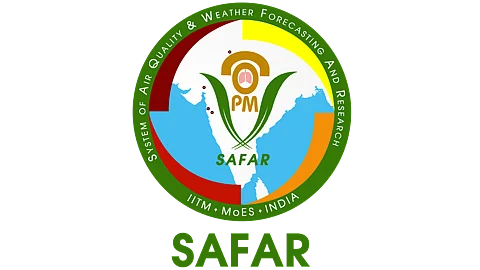

Pune: The air quality in Pune has taken a turn for the worse following a dry spell after the city experienced a phase of good rainfall until late September.
As rains have stopped, the weather in the city has become notably warmer, and with the rise in particulate matter in the air, residents are experiencing intense heat.
Areas such as Lohegaon and Shivajinagar have recorded "polluted" air quality, while some other parts of Pune still report satisfactory conditions. However, experts warn that pollution levels are likely to surge as vehicular traffic increases leading up to Diwali.
Data recorded on October 13 by SAFAR (System of Air Quality and Weather Forecasting and Research) shows that air quality in Lohegaon and Shivajinagar crossed into the polluted range.
The Air Quality Index (AQI) at Lohgaon measured 144, and Shivajinagar reported a reading of 113 milligrams per cubic meter of air. These figures place both areas in the "polluted" category, which is defined as having AQI values between 101 and 200.
Other areas such as Alandi Phata, Bhumkar Chowk, and Karve Road also recorded poor air quality, though many parts of Pune remain in the “good” air quality category.
Environmental experts indicate that the rising dust levels are a result of decreasing humidity and the increasing number of vehicles on the road. If current trends continue, there is a likelihood of a further spike in particulate pollution during the Diwali festival, when vehicular traffic typically reaches its peak.
The SAFAR index classifies air quality into five categories:
0 to 50 (Green): Clean
51 to 100 (Yellow): Moderate
101 to 200 (Red): Polluted
201 to 300 (Dark Red): Highly Polluted
301 to 400 (Dark Purple): Hazardous
